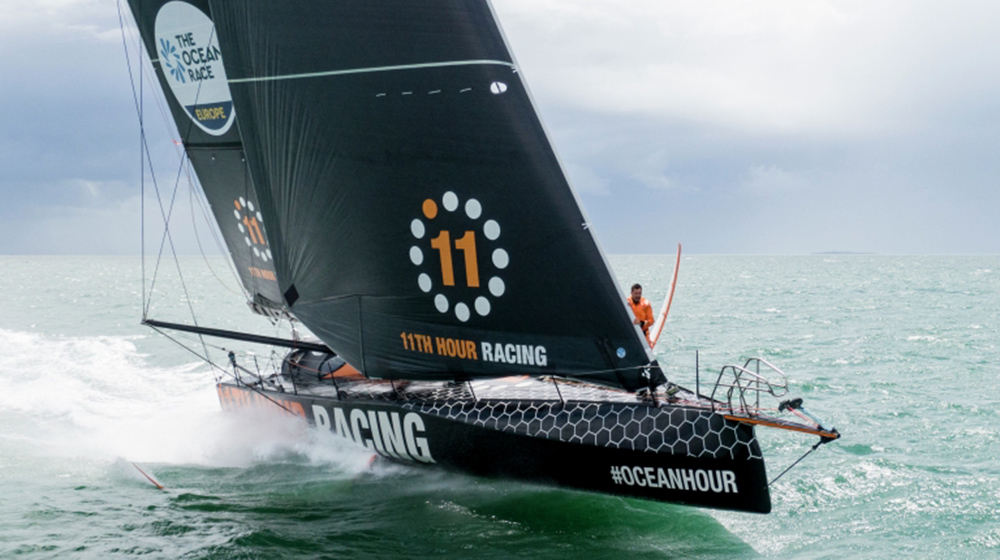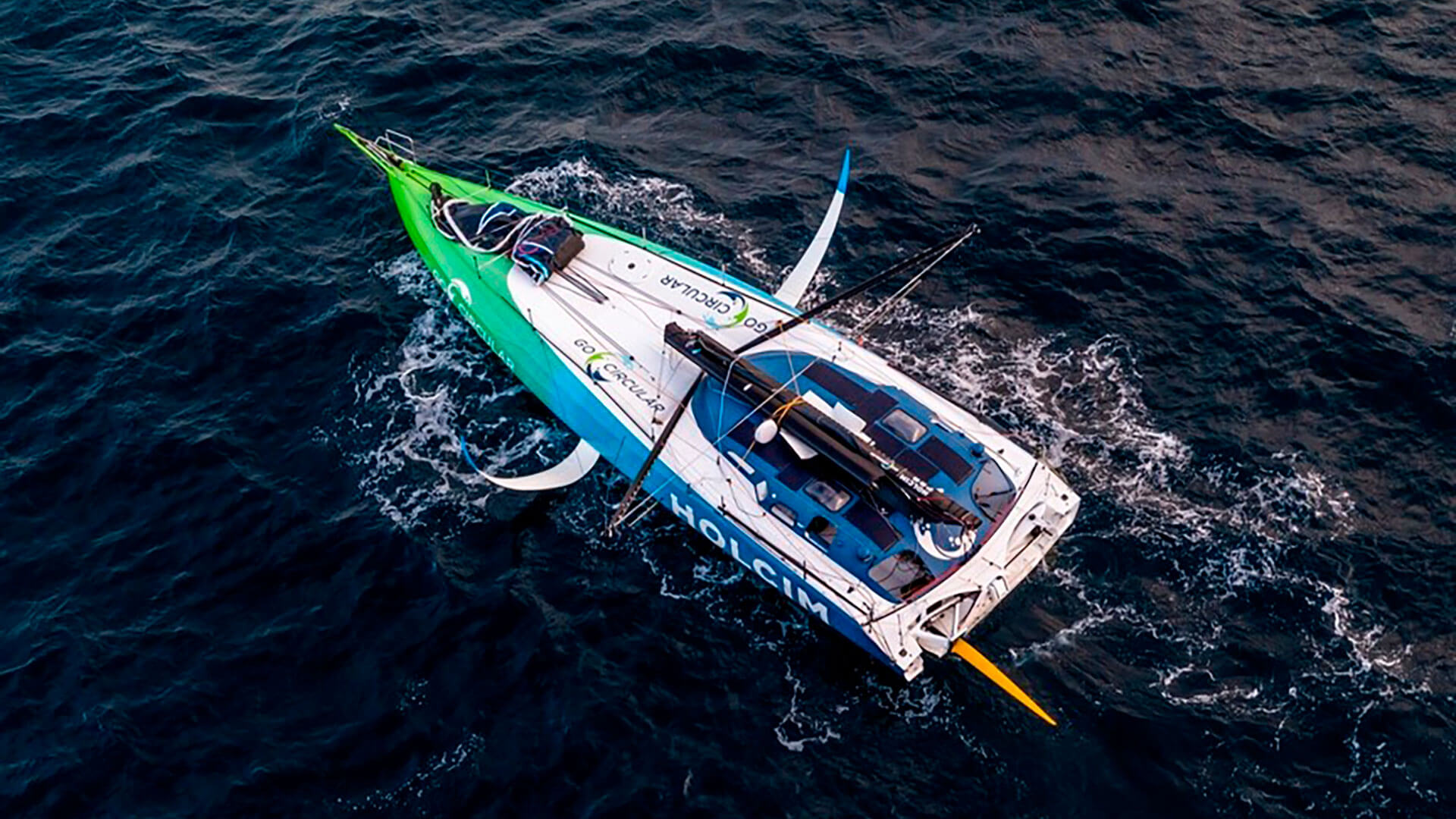
The meaning behind nautical flags and how to understand them
When we were children, seeing a ship change its flag to one with a skull and bones would set our heart racing, as we knew pirates were on their way. Even if we have learnt about the existence of flags through movies, not everyone knows all the nautical flags used in the marine world and how to interpret them.
Nautical flags come in different shapes, sizes and colours. They can represent alphabet flags or numerical pennants, and combined they convey different meanings. If you are interested in the meaning behind nautical flags and would like to understand them, keep reading!
Despite all sorts of electronic navigation and communication gear aboard vessels, mariners still use nautical flags for communication in situations that require speed.
Shapes and types are essential for boating flags
Nautical flags are most common in the forms of squares, but you can also see pendants (triangular with a flat tip). There are 26 square nautical flags representing the letters of the alphabet. There are also 10 numbered pendants, one answering pendant and three substitutes.
On occasions you can see substitutes, which are triangles. However these are less common. Also, the only colours you will find in signal flags are black, blue, red, yellow and white. This is because these colors stand out well and can be seen with your own eyes on the horizon or through binoculars.
(Image from Discover Boating)
The Nautical Flag Alphabet
The international code of signals for the letters of the alphabet are as follow:
- A: Alpha – diver down; keep clear
- B: Bravo – carrying dangerous cargo
- C: Charlie – yes (affirmative)
- D: Delta – keep clear of me, I am maneuvering with difficulty
- E: Echo – altering course to starboard
- F: Foxtrot – I am disabled, communicate with me
- G: Golf – I want a pilot
- H: Hotel – a pilot on board
- I: India – I am altering my course to port
- J: Juliet – vessel on fire keep clear
- K: Kilo – I want to communicate with you
- L: Lima – stop your vessel instantly, I have something important to communicate; Come Within Hail or Follow Me (Sailing Regatta)
- M: Mike – my vessel is stopped and making no way through the water; Mark Missing (Sailing Regatta)
- N: November – no (negative); Abandonment and Re-sail (Sailing Regatta)
- O: Oscar – Man overboard
- P: Papa – In port: All personnel return to ship; vessel is about to sail; At sea: It may be used by fishing vessels to mean: “My nets have come fast upon an obstruction”
- Q: Quebec – I request free pratique
- R: Romeo – reverse course
- S: Sierra – engines are going astern
- T: Tango – Keep clear; engaged in trawling. (International); Do not pass ahead of me. (Navy)
- U: Uniform – you are heading into danger
- V: Victor – require assistance
- W: Whiskey – require medical assistance
- X: X-ray – stop your intention
- Y: Yankee – am dragging anchor
- Z: Zulu – I require a tug
Combined or individual flags convey meaning
Depending on the message, boats fly one flag or up to seven flags in a row. Besides the solo meaning seen above, combination of flags mean different things as:
- Combining the D (Delta) and V (Victor) flags mean “I’m maneuvering with difficulty and require assistance”.
- The J (Juliet) and L (Lima) flags mean “you’re running the risk of going aground”.
Also, using different amounts of nautical flags are valuable at sea for the safety of navigation in case of breakdowns in the radio or in case of danger.
- One-flag signals are urgent or common signals.
- Two-flag signals are used for distress or maneuvering.
- Three-flag signals are used for compass, relative bearings, standard times, verbs, punctuation and also general code and decode signals.
- Four-flags are used for geographical signals, names of ships…
- Five-flag signals are used to relate time and position of the ship.
- Six-flags are used to indicate main cardinal directions in latitude and longitude signals.
- Seven-flags are for longitude signals that contain more than 100º.
The secret language of ships
Even if the international flags are used to communicate in all scenarios, on occasions we see the use of secret languages with flags. For instance, the US Navy signals its staff to communicate between ships.
Also, NATO uses the same nautical flags with some additional ones for warships or in short sets to communicate with unclassified messages.
In yacht racing, nautical flags have different meanings. These can be solo or combined. For example, the P flag is used as the “preparatory” flag, and it indicates an imminent start. The S flag indicates that a course has been shortened.
Did you like this article? Let us know by sharing a comment on Facebook, Instagram or Twitter.













_v2.svg)
_v2.svg)









_v2.svg)


